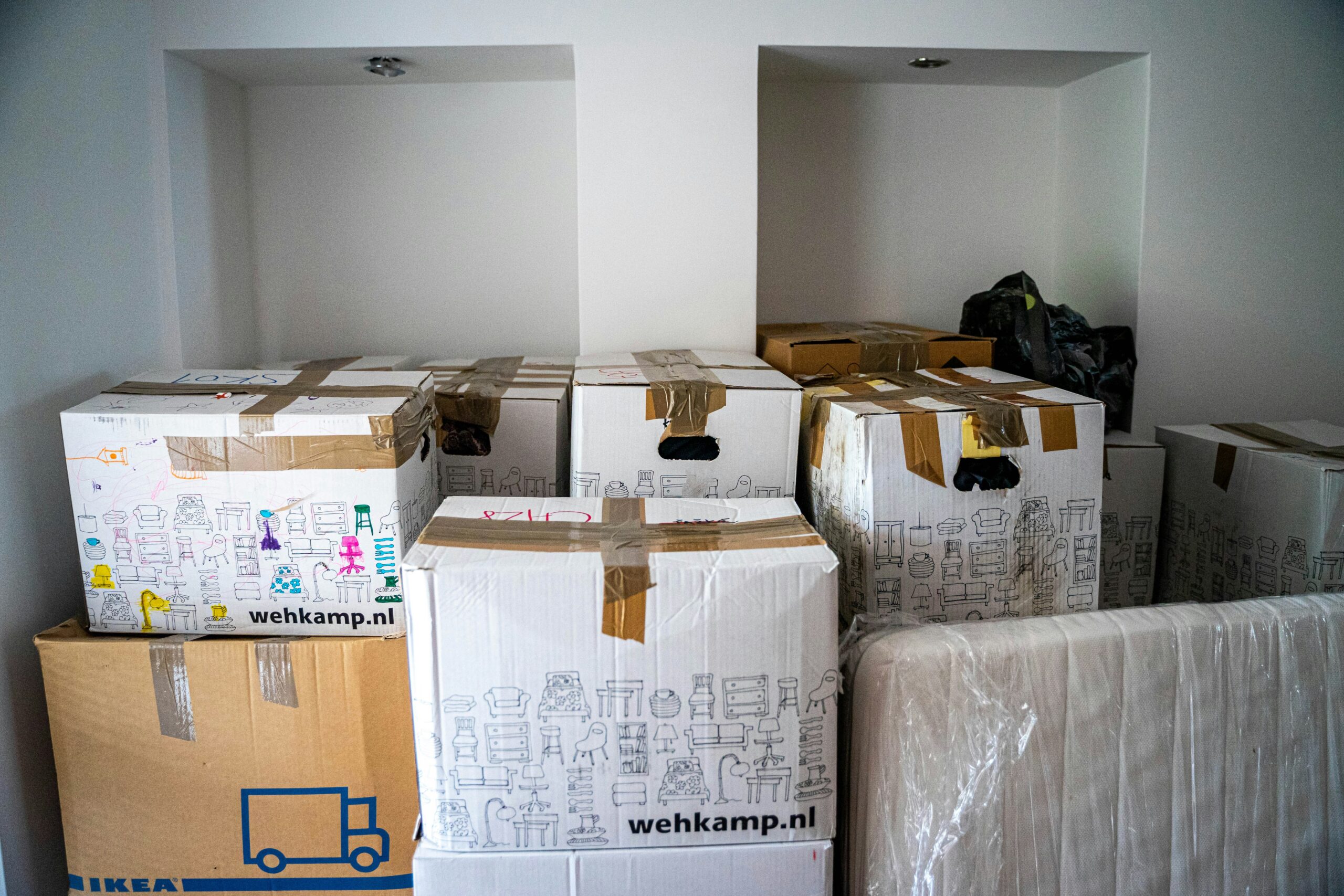A consumer proposal can be used to help regain financial control. It allows you to consolidate and repay part of your unsecured debts through a legally binding agreement with your creditors. Some people decide to do this instead of declaring bankruptcy.
As a broker, I’ve been asked often about what a consumer proposal means when it’s time for a mortgage.
The good news is that it’s possible to qualify for a mortgage after a consumer proposal, but there are important details, timelines, and lender considerations to keep in mind.
Let me explain.
What lenders see when you have a consumer proposal.
In Canada, a consumer proposal remains on your credit report for three years after you’ve completed it (or six years from the date it was filed, whichever comes first). During this time, lenders can clearly see the proposal, which signals past credit challenges.
Mortgage lenders typically fall into three categories:
A Lenders (Big Banks and Credit Unions)
- Strictest guidelines.
- Most require your consumer proposal to be fully completed and your credit history re-established (often with at least two active trade lines in good standing for 1–2 years).
B Lenders (Alternative / Non-Bank Lenders)
- More flexible than banks.
- May consider approving you right after a proposal, provided you have a solid down payment and proof of steady income.
- Interest rates and fees are usually higher.
Private Lenders
- Focus mainly on the property and down payment rather than credit history.
- But you will need your proposal to be paid before issuing financing.
- Can provide short-term financing if you don’t yet qualify with traditional or alternative lenders.
- Useful as the first option until your credit improves, and then move towards a B or A lender.
Factors that will impact your mortgage approval.
If you’re coming out of a consumer proposal, lenders will look at several key areas to determine whether or not they’ll approve you. The longer it’s been since you finished your proposal, the better. Two years of clean credit history can make a huge difference.
Lenders will want to see that you’re rebuilding your credit. This can happen by using a secured credit card, a small loan or a line of credit. Paying off everything helps demonstrate new habits.
When it comes to down payments, the larger the down payment (20% or more) shows commitment and reduces risk that the lenders may feel.
Lenders will need proof of reliable employment and income before they will even consider your situation.
Tips for getting a mortgage post-consumer proposal.
I want to share some easy tips for getting a mortgage if you are currently going through a consumer proposal or have recently finished one.
Finish your proposal
While some alternative lenders may consider you mid-proposal, most require it to be paid off. Completion shows you followed through on your commitments.
Rebuild the credit
Apply for a secured credit card right after filing your proposal. Making small purchases and paying on time builds your score steadily.
Work with a mortgage broker like me
I have access to A, B, and private lenders. This is key because banks alone may not offer solutions until years after your proposal. But with my help, we can work to find a solution elsewhere.
Your down payment matters
A bigger down payment can offset weaker credit history and open up more lender options.
Be Transparent
On the note of working with a broker, don’t hide your consumer proposal or any other debts. Everything will appear on your credit bureau. Transparency helps me position your application properly.
How Mortgage Okanagan Can Help
At Mortgage Okanagan, I understand that financial setbacks happen and that a consumer proposal doesn’t define your future. I work with a wide network of lenders, including those who specialize in helping Canadians rebuild after proposals.
Frequently Asked Questions (FAQ)
1. Can I get a mortgage while still in a consumer proposal?
Yes, but usually not with a bank. Some B lenders or private lenders may consider it, provided you have a larger down payment (20–30%) and strong income. Most traditional lenders require the proposal to be completed first.
2. How long after a consumer proposal can I get a mortgage in Canada?
You can technically apply right after finishing your proposal. However, to qualify with major banks and credit unions, you’ll usually need 1–2 years of re-established credit history after completion.
3. Does a consumer proposal affect my credit score permanently?
No. A proposal stays on your credit report for up to three years after completion (or six years from filing, whichever is sooner). Once it falls off your report and you’ve rebuilt credit, lenders may treat you like any other applicant.
4. How much down payment do I need for a mortgage after a consumer proposal?
- Banks will want a minimum of 5–20%, but approval depends heavily on credit rebuilding.
- Alternative lenders usually want 20–30% down.
- Private lenders may accept less traditional credit but also expect strong equity.
5. Is a consumer proposal better than bankruptcy for getting a mortgage?
Most lenders view a consumer proposal more favourably than bankruptcy because it shows you worked to repay some of your debt. Mortgage options open up sooner after a proposal than after bankruptcy.
Let me be your partner.
Getting a mortgage with a consumer proposal in your history is absolutely possible in Canada. With my help, it just takes planning, patience, and the right lending partner. Whether you’re ready to buy soon or a few years down the road, the steps you take today will help secure your financial future.
Give me a call at 250-826-3111, apply on my website or contact me through my online contact form to start the process today.







